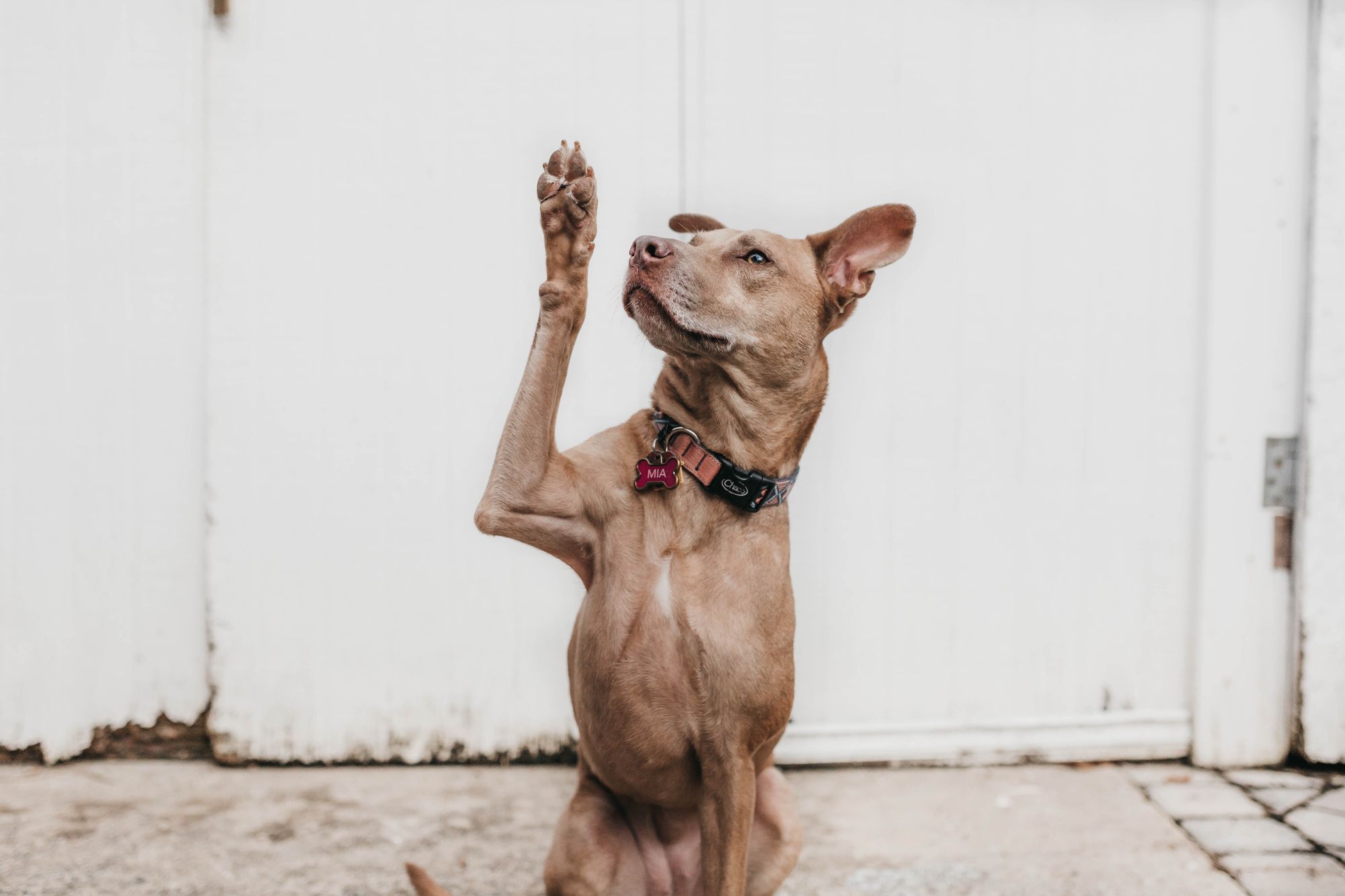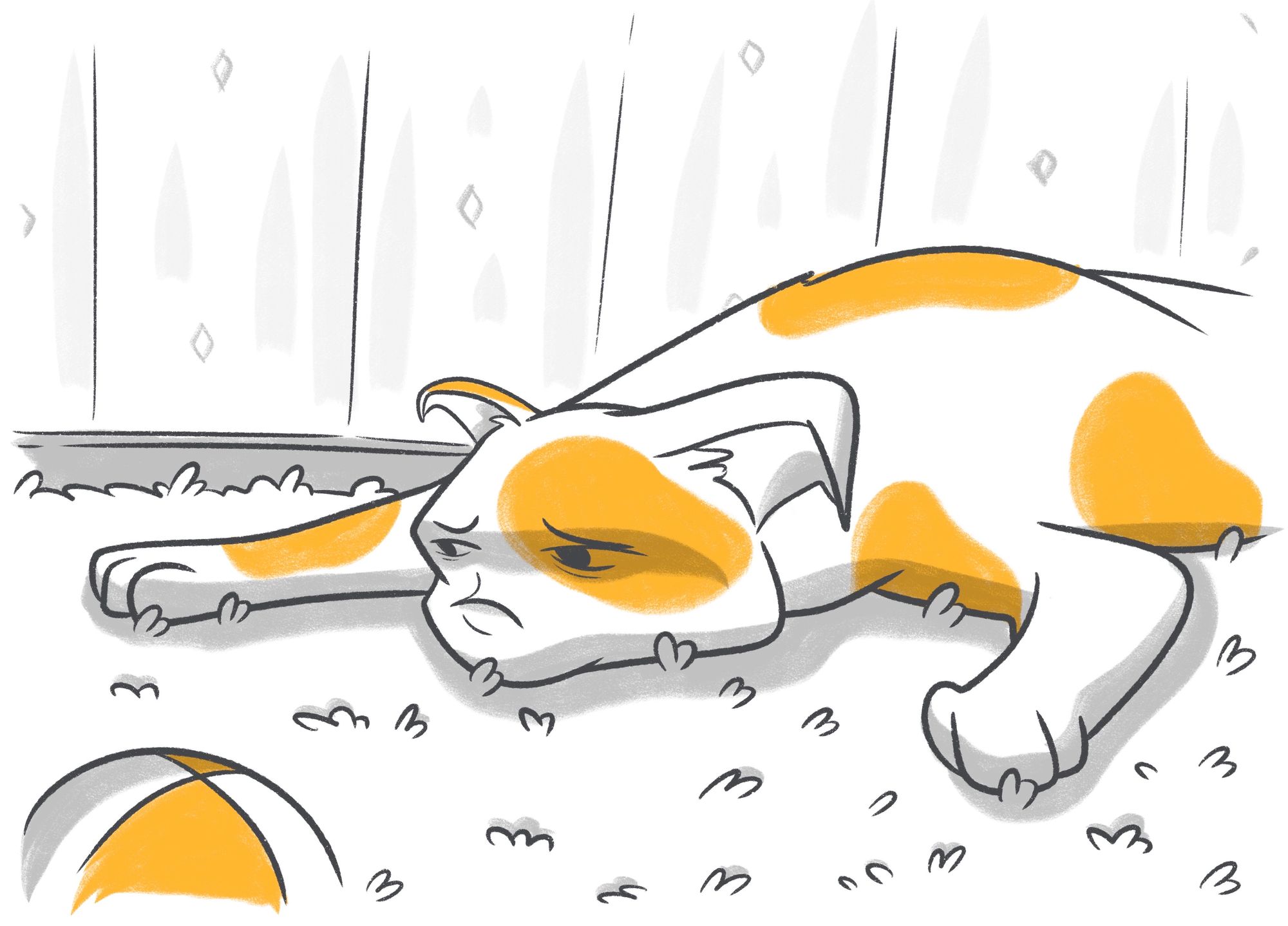If your pet needs a medical procedure, such as spaying or neutering, they’ll likely require anesthesia. Sometimes known as ‘going under’, it enables your vet to do what they need to do without worrying about hurting or traumatizing your pet. And if you’ve attempted to trim your cat's or dog’s claws at home, you’ll know how difficult it is to keep them still.
Although useful, there are side effects and complications to consider before signing the consent form. Let’s take a closer look, so you know exactly what you and your four-legged friends will be dealing with.
Content:
- How Long Does Anesthesia Last in Pets
- Pet Behavior After Anesthesia
- Pet Anesthesia Recovery
- Side Effects of Anesthesia in Pets
- Pet Anesthesia Complications
- FAQ
- Conclusion
How Long Does Anesthesia Last in Pets
Although the effects of anesthesia can last for some time, your cat, dog, or other pet will usually be awake and conscious by the time you’re allowed to see them or take them home.
Stop Googling - Ask a Real Vet
If you have had your cat neutered, you can take them home the same day, provided there aren’t complications. Your furry friend will be wobbly on their feet for a few hours and may also vomit or struggle to eat or drink. This doesn’t last longer than 12 to 24 hours. If it persists for longer, it’s usually recommended to have your pet checked out by the vet.
For dogs, especially larger ones, this process can take longer — 24 to 48 hours.
Your vet will want to ensure your pet is awake and in good health before letting them go, so some furry friends will need to stay overnight for monitoring or further treatments.
Pet Behavior After Anesthesia
As well as being unstable and disinterested in food and water, your pet may also display the following behaviors after anesthesia:
- Drowsiness;
- Lack of energy;
- No interest in toys or regular hobbies;
- Not responding when you call;
- Shivering/shaking;
- Unusual behavior.
These are common side effects of anesthesia in animals and humans. For up to 48 hours, these behaviors are normal, but they should slowly cease during that time.
It is wise to monitor your pet closely.
Petcube Camera allows you to watch your pet in real time as well as offer recording and playback features. It’s a great tool for communicating behaviors and side effects to your vet.
Pet Anesthesia Recovery
Although you may not have paid too much attention because of how concerned you were for your pet, your vet will tell you exactly how to take care of your pet following anesthesia. Look at the paperwork or emails you’ve received, which may contain detailed aftercare instructions.
A Quiet Spot
Your pet will need somewhere quiet and peaceful to recover from their ordeal, away from other people, other pets, and lots of activity. They’ll have very little understanding of the situation, so don’t be surprised if they act fearful of people and noise for a while.
Reduced Exercise and Outdoor Activity
Outdoor excursions are out for a while, as are walks, exercise, and excitement. There’s an increased risk of infection following surgical procedures, so keeping them clean and away from bugs and other threats is a must. This can cause problems during toilet time, but puppy pads will work in the short term.
Medication and Care
If your pet has been given medication, stick to the regimen. Set alarms on your phone to ensure that every dose is given at the right time and in the right way. If there is a wound, you may need to clean and/or dress it, so ask your vet if you’re not sure of the best ways.
Make note of your pet’s health, jotting down things that cause you to concern. You should contact a vet immediately if wounds appear to be infected or if your pet isn’t healing as well or as quickly as expected.
It is more than likely that you will have been asked to book a follow-up appointment for your pet following surgery and/or anesthesia. Be careful not to miss this, as it’s vital to ensure the healing process is going well.
Love
Anesthesia for pets is a traumatic experience, so your furry family member is more than likely going to feel terrified, confused, and traumatized after the event. You should reassure them and give them lots of love and affection (away from wounds).
Consider taking a couple of days away from work to stay with them. If you can’t, have a family member or friend pet sit instead.
Side Effects of Anesthesia in Pets

The risk of unwanted side effects from anesthesia in pets is low, but they can happen. With general anesthetics, a combination of drugs is administered to cause muscle paralysis to stop movement, pain relief, and sedation to ensure they are asleep. Any one of these drugs can cause problems, so it’s best to discuss the potential side effects before agreeing to treatment.
Unwanted side effects, also known as complications, can include:
- Abnormal breathing;
- Drop in oxygen levels;
- Low blood pressure;
- Increasing heart rate;
- Heart murmurs and flutters;
- And more.
According to VCA Animal Hospitals study, 1 in 100,000 animals (not just dogs and cats) will have "some sort of reaction" to anesthesia.
Pet Anesthesia Complications
For some pets, anesthesia and surgery will be a last resort because they have the potential to do more harm than good. This includes the following groups:
- Overweight pets;
- Senior pets;
- Toy or small breeds;
- Puppies, kittens, and young pets;
- Underlying medical conditions.
Cavalier King Charles Spaniels have a higher risk of suffering from diseases of the heart and cardiac system, which can put them at a higher risk of experiencing heart-related complications during and after anesthesia.
Short or flat-nosed breeds, also known as brachycephalic dogs, also have an increased chance of experiencing side effects following anesthesia related to the respiratory system.
This includes pugs, all types of bulldogs, and several terrier breeds. These dogs are harder to monitor and keep stable during anesthesia, which puts them at a higher risk of aspiration (inhaling food, water, and other substances into the lungs).
Other dog and cat anesthesia complications for these groups include hypothermia, organ failure, sight problems, allergic reactions, and nerve injuries. Thankfully, emergency anesthesia-related issues are covered, pre-existing condition or not, by the [Emergency Fund](Emergency Fund), so at least you won’t need to worry about the increased cost on top of everything else!
FAQ
What is the dog anesthesia death rate?
According to Dr. Heidi Shafford, speaking to the American Kennel Club, only 1 in 2,000 deaths in dogs will be due to a complication of pet anesthesia, which makes it rare.
Can a dog feel during anesthesia?
Dogs are not meant to feel anything during anesthesia. They are meant to be completely asleep, unable to feel pain, and unaware of everything that’s going on. Unfortunately, there have been cases of anesthesia not working, particularly with larger and overweight dogs that require more of the drugs.
Conclusion
A thorough pre-anesthetic evaluation will take place before your pet ‘goes under’, and you will have plenty of time to discuss the potential complications with your vet before agreeing to anything.
Ask questions you don’t know the answers to and voice your concerns. Together, you and your vet can decide whether anesthesia is too risky.
Was this article helpful?
Help us make our articles even better









